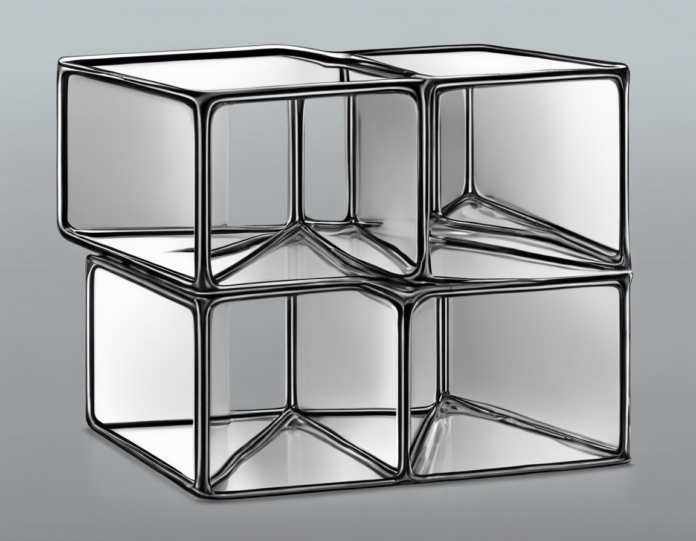A cuboid is a geometric shape that falls under the category of polyhedrons, specifically parallelepipeds. It has six faces, all of which are rectangles, and 12 edges. The term ‘edge’ in geometry refers to the line segment where two faces intersect. In the case of a cuboid, each of the 12 edges is formed by the intersection of two adjacent faces.
Understanding the Cuboid Structure
A cuboid can be visualized as a three-dimensional figure with length, width, and height. The length and width edges run parallel to each other and are horizontal. The height edge is perpendicular to the length and width and defines the vertical dimension of the cuboid. These three dimensions determine the overall shape and size of the cuboid, allowing for calculations of its surface area and volume.
Identifying the Edges of a Cuboid
-
Length Edges: The cuboid has four length edges that are parallel to each other. These edges define the longer sides of the cuboid.
-
Width Edges: Another set of four edges in a cuboid are the width edges. They are also parallel to each other but shorter than the length edges.
-
Height Edges: Lastly, there are four height edges which are perpendicular to both the length and width edges. These edges determine the height of the cuboid.
Calculating the Total Number of Edges
To determine the total number of edges in a cuboid, we can sum the number of length, width, and height edges. Each edge is shared by two faces, and since there are four edges for each dimension, we multiply 4 by 3 to get a total of 12 edges for the entire cuboid.
Properties and Characteristics of a Cuboid
- Rectangular Faces: All six faces of a cuboid are rectangles, with opposite faces being equal in area.
- Opposite Faces are Parallel: The faces that do not share an edge are parallel to each other.
- Diagonals: A cuboid has four space diagonals that connect opposite corners.
- Surface Area and Volume: The surface area of a cuboid is the sum of the areas of its six faces, while the volume is calculated as the product of its length, width, and height.
Real-World Examples of Cuboids
Cuboids are prevalent in our daily lives and can be found in various objects around us. Some common examples include:
- Books: Most books have a cuboid shape, with the pages forming the six faces.
- Electronic Devices: Many electronic gadgets like smartphones, tablets, and laptops are shaped like cuboids for practicality and ease of use.
- Bricks and Blocks: Building blocks and bricks used in construction often have a cuboid shape, making them easy to stack and arrange.
FAQs (Frequently Asked Questions)
- What is the difference between a cube and a cuboid?
-
A cube is a special case of a cuboid where all six faces are squares, making it a regular polyhedron. In contrast, a cuboid has rectangular faces and unequal edge lengths.
-
How many vertices does a cuboid have?
-
A cuboid has eight vertices, also known as corners or points where the edges meet.
-
Can a cuboid have all edges of equal length?
-
No, a cuboid cannot have all edges of equal length unless it meets the criteria to be classified as a cube.
-
What is the relationship between a rectangular prism and a cuboid?
-
A cuboid is a more general term that includes rectangular prisms. A rectangular prism is a special case of a cuboid where all angles are right angles.
-
Are there any formulas to calculate the properties of a cuboid?
- Yes, there are formulas for the surface area (SA) and volume (V) of a cuboid. SA = 2lw + 2lh + 2wh, V = lwh, where l is length, w is width, and h is height.
In conclusion, a cuboid is a fundamental geometric shape characterized by its rectangular faces and 12 edges. Understanding its structure and properties can be beneficial in various mathematical and real-world applications.

